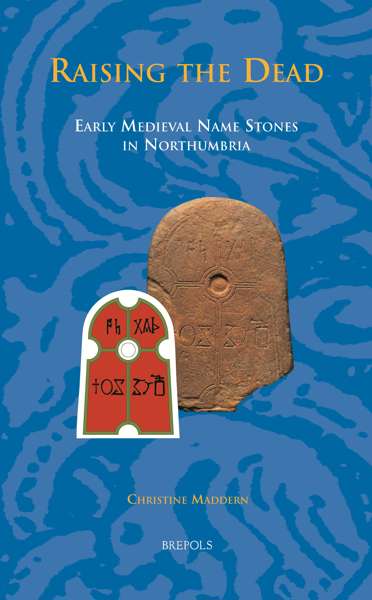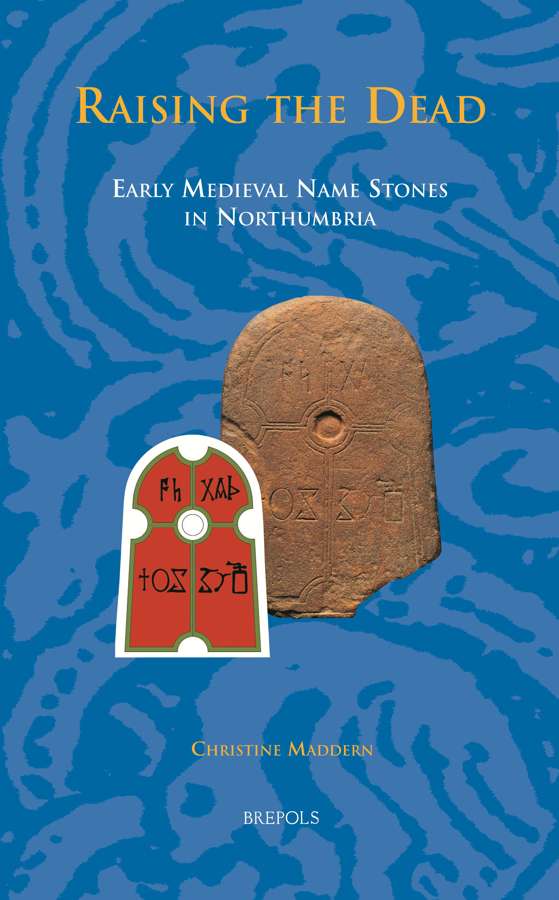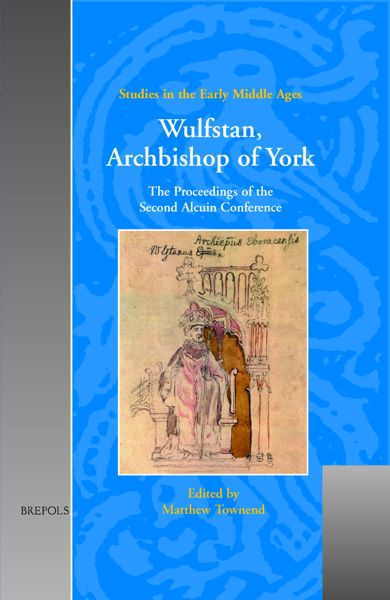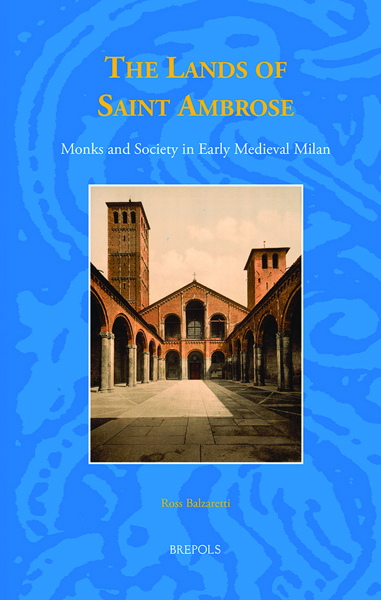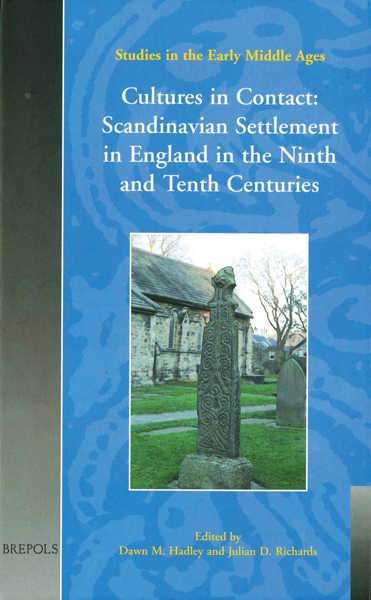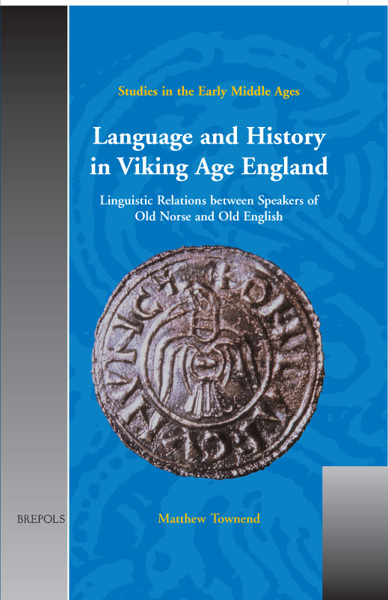
- Pages: 306 p.
- Size:156 x 234 mm
- Illustrations:32 b/w, 6 col.
- Language(s):English, Greek, Latin
- Publication Year:2013
- € 110,00 EXCL. VAT RETAIL PRICE
- ISBN: 978-2-503-53218-9
- Hardback
- Available
This is the first work to explore and explain the form, function and theological meaning of Northumbrian name stones, both in their immediate Insular setting and within a wider European context.
"In summary, this study provides a thoughtful, far-ranging, and much-needed study of a distinctive group of early Northumbrian carvings. (...) Dr Maddern is to be congratulated on opening up a new approach to our understanding of these stones." (Richard N. Bailey, in: Archaeologia Aeliana, 5th series, volume 43 (2014), p. 262)
"This is a book which should be in every university library." (Rosemary Cramp, in: Journal of the British Archaeological Association, Vol. 167, 2014, p. 217-218)
"Maddern has done the field a service in rounding up a considerable amount of comparative sculptural material from elsewhere in Britain, Ireland, and continental Europe, as well as adducing relevant liturgical material and manuscript art, and in this her book provides a useful resource. Her continued emphasis on the sheer variety of local burial and commemorative practices in the early medieval church is very welcome (...)" (Victoria Whitworth, in: Journal of Theological Studies, 66.1, April 2015, p. 474-476)
"This book presents a painstaking and detailed exploration of the sociocultural and artistic background to the name stones, and provides instructive new perspectives on their function. Maddern is judicious and cautious in her conclusions, and presents a compelling case for her view that the stones are indeed all about ‘raising the dead’, even if the evidence is largely circumstantial. In the absence of any major new discovery of an undisturbed Anglo-Saxon monastic cemetery containing name stones, this book will be, for the foreseeable future, the standard work on the subject." (Greg Waite, in: Parergon 32.2, 2015, p. 333-335)
"This study, based on a doctoral thesis, is clearly set out, well written and produced and has good quality images. Overall it successfully takes what are superficially very simple monuments and seeks to understand their significance by examining them in the fuller context of developing Christian beliefs and monastic practices in later 7th- and 8th-century Northumbria and the impact of Continental and Irish influences on these. Though at times some readers might feel that too much has been read into the stones themselves, the broader assessment of Anglo-Saxon attitudes to death and resurrection is illuminating and also has implications for the study of other material evidence relating to the early medieval Insular Church." (Nancy Edwards, in: Medieval Archaeology 59, 2015, p. 340)
“As a study of seventh and eighth-century Anglo-Saxon attitudes to death, the resurrection and the end of time this is a distinctive, useful and valuable contribution.” (Mark Handley, in The Medieval Review, 18.03.02)
This is the first work to explore and explain the form, function, and theological meaning of Northumbrian name stones, both in their immediate Insular setting and within a wider European context. Earlier studies have concentrated on the archaeological and epigraphic aspects of these monuments, which has resulted in a tentative dating framework but also a blanket designation of ‘gravestones’. This book challenges the assumptions behind this designation and focuses on the iconography of name stones as a reflection of theological ideas of the period, based on a central hypothesis that many emulate the format of manuscript pages.
The author also addresses the contentious question of the placing of name stones, in particular whether some stones were actually placed in the grave. Her analysis presents not only evidence of differential burial practices within the same Northumbrian cemeteries, but offers parallel examples from other monastic sites in both Britain and the Continent — and significantly broadens the field of argument about early medieval burial practices. In this book, the author combines approaches from ecclesiastical history and iconography, theology, and archaeology to draw out the significance of the Northumbrian name stones and to explore the ‘living’ presence of the dead in early medieval religious communities.
Chapter 1. An Introduction to Name Stones
Chapter 2. Excavation History
Chapter 3. Functions
Chapter 4. The Carved Details: Epigraphy
Chapter 5. Death, Burial, and Memory
Chapter 6. Liturgy
Chapter 7. Apocalypse and Last Judgement
Chapter 8. Visions, Penances, Prayers
Chapter 9. The Carved Details: Iconography
Chapter 10. Conclusions
Bibliography
Index
